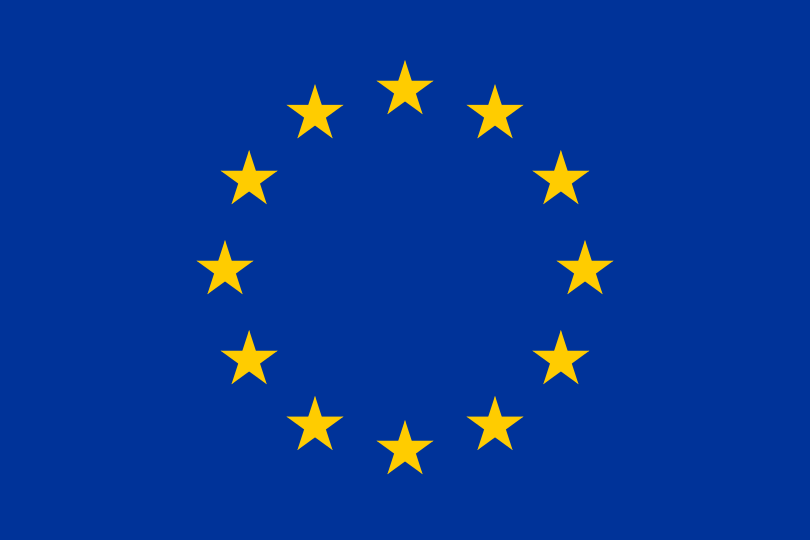In order to support the harmonised interpretation and the implementation of the Commission Implementing Regulation 2021/808 laying down requirements for the performance of methods for the analysis of veterinary drug residues, COM has asked the EURLs to provide guidance documents dealing with specific aspects which might require supplemental information. Now, the EURL Guidance Document on Screening Method Validation has been finalised and is available as of today.
The starting point for the document was the previously available screening guideline in accordance with CD 2002/657. The three EURLs have made sure to retain well-established principles while also updating the document to meet the new requirements. The first draft was circulated within the laboratory network this summer. The NRLs’ feedback was collected and discussed during the ANSES workshop in June. The EURLs would like to sincerely thank all of you for your suggestions and remarks. The feedback was considered for the preparation of this version 1.1 of the guidance document. Although the document represents the EURLs’ interpretation of CIR (EU) 2021/808 and is meant as a support for all laboratories, it is not seen as mandatory to follow. Other approaches are possible, if they provide plausible and comparable results. However, we sincerely hope that you will find the document useful. As is the case with all EURL Guidances, the document is to be understood as non-static, meaning that should you notice aspects which might require further information, you are welcome to submit your remarks to the EURLs for review.
 EURLs for Residues of Veterinary Medicinal Products
EURLs for Residues of Veterinary Medicinal Products